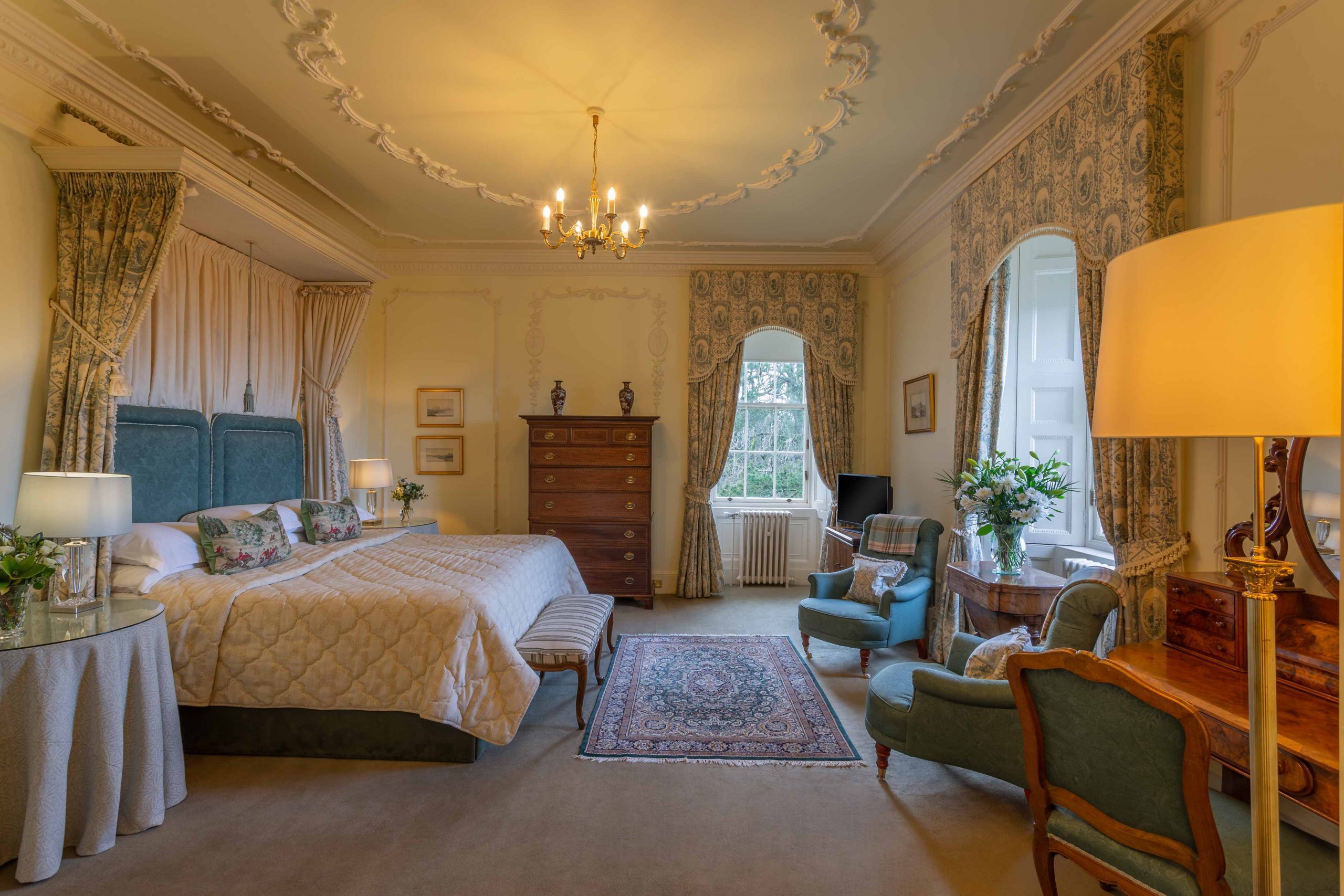Approaching refurbishment work in a historic building is fraught with challenges. Architecture is part of our cultural story. We must do all we can to preserve and protect it. When it comes to fire doors, this can be a problem though. So how do we approach the problem of fire doors in historic and listed buildings?
 Old Meets New
Old Meets New
In recent decades, the codes and standards surrounding fire safety have evolved hugely. These changes are easy to implement in new buildings as they are being constructed. What happens when centuries old castles have to be brought up to standard though?
Some of Scotland’s most beautiful buildings are rich with history. People in the 17th century didn’t care much for fire doors though. So now, when historic buildings are turned into hotels, tourist attractions or even homes, they trail far behind our 21st century standards of fire safety.
Upgrading Fire Doors in Heritage Buildings
Even though a building is defined as listed, protected or given any kind of historical status, it still has to comply with current fire safety regulations. This is for the protection of people dwelling within the building – be they hotel guests, staff, visitors or other.
In the event of a fire, the passive fire protection plan for your heritage building must work in the same way as it does for any other building. This means it must contain a fire sufficiently in one place for long enough to give occupants time to escape.
Who Can Upgrade Fire Doors in Historic Buildings?
To carry out any type of work on fire doors, you need a certified fire door inspector. A certified fire door inspector has the necessary knowledge, expertise and access to resources in order to do the job correctly.
Only when a fire door has been inspected, repaired or maintained by a certified professional can you be certain it is in line with current regulations.
Examples of Fire Doors and Passive Fire Protection in Heritage Buildings
Worksmart Fire Door Inspection has recently signed off a large-scale project at Glenapp Castle. Having begun the initial enabling works in December 2019, the project spanned the entirety of 2020, including the difficult early stages of the pandemic.
The passive fire works at the site was the greatest challenge on the job. After an initial three-week timescale, the passive fire protection aspect of the works continued to grow.
This is due to the historic construction of the building. As the job progressed, our passive fire experts were met by more and more challenges.

Passive Fire Protection in Historic Buildings
Attempting to use modern fire safety techniques on such an old building is understandably problematic.
In order to retain the original charm, we were keen to preserve all the original timber and covings throughout. However, when that wasn’t possible, the had to replicate and replace them to meet the required standards for fire safety.
During the works, Worksmart FDI has installed new fire doors, timber floors and structural timbers as part of the passive fire works. Ornate timber facings, skirtings, dado, and picture rails have also been installed alongside passive fire partitions which use Superlux boards.

For the safety of the users within the new luxury suite, we installed a fully passive fire floor with walls which helped to form a fire strategy.
Along with this, we have installed a stair pressurisation system. In the event of a fire, this is activated within the suite, increasing the air pressure up to 9m 3 per second.
This system allows the occupants to escape by holding back the fire.
Upon the arrival of the SFRS (Scottish Fire Rescue Service), they will be able to activate an emergency button to release the doors and allow the smoke to escape.
Fire Door Responsibilities
Worksmart FDI are delighted to have been involved in the installation of the new fire doors and implementation of passive fire protection in what is now a luxury hotel.
The owners of Glenapp Castle were aware of their responsibilities and took action to ensure their fire doors were up to scratch. Their vision for a luxury accommodation was inspiring. It was a true pleasure to work with them on this project.
We urge anyone with responsibilities to fire safety to take the same steps and contact a certified fire door specialist.
If you would to get in touch to find out more, please contact Mark McQuade at [email protected] or call 01563 53 55 11
In the meantime, feel free to browse our website.
You can find us on Twitter and LinkedIn with the following hashtags: ProtectingLivesPreventingLoss #Worksmartworksafe #Firedoormaster #MakeItWorksmart








